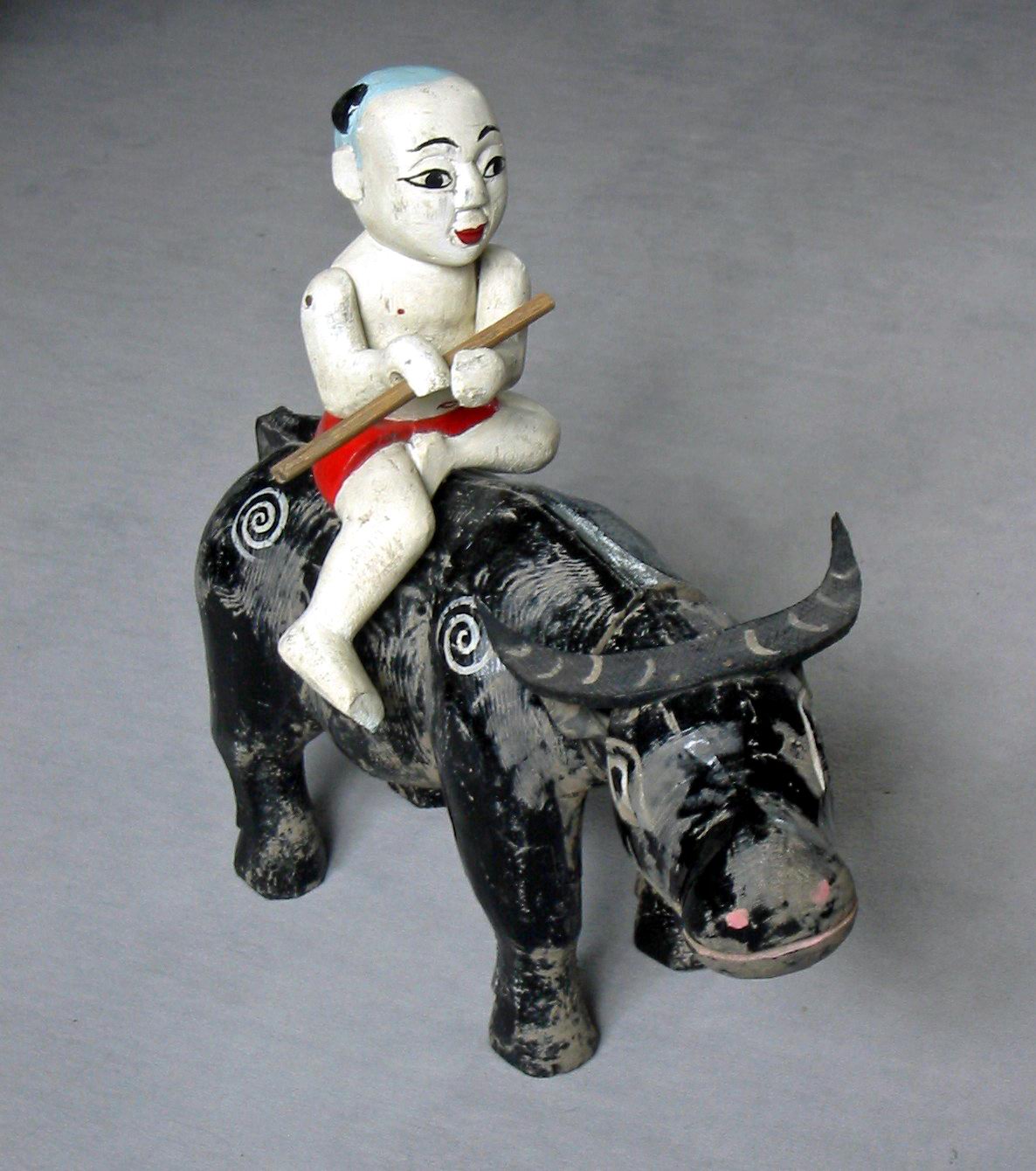Before the Internet laid siege to the well-being of newspapers, there was television, which made substantial inroads. It killed off evening
newspapers across the country, including famous ones like The Washington
Evening Star and The Chicago Daily News.
Morning newspapers with a more elite, less blue-collar readership,
thrived, although often their front pages were curiously long-winded
and out-of-date. They told people what they already had learned the
night before, but in greater detail — sometimes mind-numbingly so.
Al Neuharth, who died last week, had the courage to take on television
head-to-head with the first newspaper totally designed for the fight
against television: USA Today. It mimicked television with fact
boxes, short breezy stories and scads of weather coverage. It employed
color with a confidence that few newspapers had done. Other newspapers
followed its lead.
Critics dubbed the newspaper “McPaper,” which might actually have
pleased Neuharth, who had an eye for the bottom line. Looking at the
success of McDonalds, Neuharth might have thought to himself that if
his newspaper sold like hamburgers, well, that wouldn’t be so bad.
Noel Coward, the British playwright and entertainer, when asked what
he thought about his last musical “Sail Away” drawing vast crowds and
scornful critiques told a reporter: “Once again, I shall have to
comfort myself with the bitter palliative of commercial success.”
Those words might well have belonged to Neuharth as, after a 10-
year struggle, the newspaper broke through to real profitability, even
while the critics, inside and outside Gannett, scoffed.
For Neuharth, USA Today was the jewel in his crown. It was the one
achievement that redeemed his status as a newspaperman rather than a
corporate titan.
At Gannett he grew the company, taking over whole newspaper chains,
but not its journalistic renown. Papers like The Louisville Courier-
Journal were seen to deteriorate under a regime of relentless cost
control which homogenized and standardized the newspapers as
products, like hamburgers. All 75 papers in the chain were driven to make money not stars. It was the rank and file of the Gannett papers that might have been given the sobriquet “McPapers.”
With USA Today, Neuharth relied heavily on a new technology that
enabled the papers to be printed across the country. He accepted that
readers of the paper might already know the bare bones of the news, and
so he gave them that in short form and reserved longer pieces for the
lead in each section and the “cover story” on Page One. These were not
the news of the day, but news behind some aspect of American life. He abandoned the habit of “jumping” stories off Page One to an inside page. Only the cover story got this treatment.
Neuharth realized that to succeed, he would have to do something that Gannett papers did not do: spend money. He did so on talent, news bureaus and offices.
Jan Neuharth, one of two children from Neuharth’s first marriage,
operated an equestrian center in Middleburg, about 50
miles from Washington in Virginia's famed Hunt Country. It was there that she married Joseph Keusch, in a wedding that demonstrated her father’s organizational genius.
Neuharth was a great businessman, a great newspaperman, but most importantly he was a great organizer – whether he organized the growth of Gannett or the production and distribution of USA Today. Remember how you could not check into a hotel without a copy of USA Today appearing in front of the door in the morning? That was Neuharth the Organizer at work.
At his daughter’s wedding Neuharth did it all: tents for the members
of the wedding to get their hair and makeup done, a leafy chapel that was
transformed into a dance floor after the ceremony. But above all
Neuharth made sure that everyone, from the great and famous of the
Hunt Country, like NBC's Willard Scott and a scattering of senators and
billionaires, to the lowliest stable hand was there. He had grown up poor in South Dakota and hadn’t forgotten.
Maybe that’s how he knew what people wanted in his newspaper and why,
late in his life, he and his third wife adopted six children, across
the spectrum of ethnicity.
And to the end, he hadn't forgotten his old newspapering skills: he wrote his column on a manual typewriter. — For the Hearst-New York Times Syndicate
